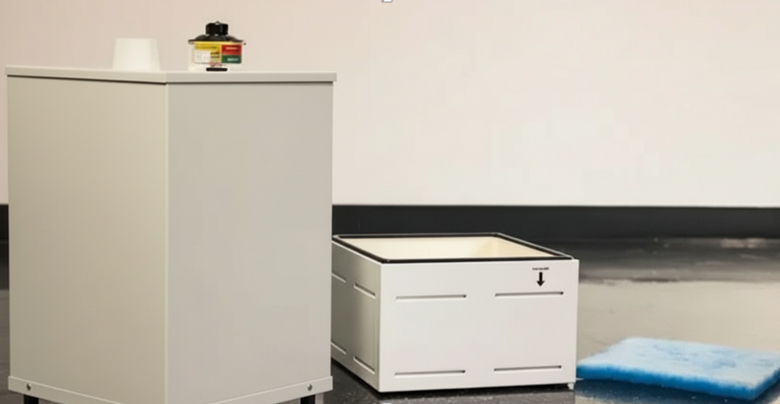Key Benefits of Using VOC Air Purifiers in Laboratory Environments

Laboratories often deal with chemicals and compounds that release harmful gases into the air. One of the biggest challenges is managing volatile organic compounds (VOCs), which can affect both safety and productivity. Introducing a VOC air purifier into a lab setting ensures cleaner, healthier air by reducing toxic compounds and minimizing risks for researchers and staff. By investing in advanced filtration, laboratories can create an environment that supports innovation while maintaining a healthy work environment.
Improved Air Quality for Safety
Airborne contaminants, such as VOCs, can accumulate rapidly in enclosed laboratory environments. Prolonged exposure can lead to respiratory issues, eye irritation, and even long-term health complications. Knowing what VOCs are & where they come from helps laboratories identify familiar sources such as solvents, adhesives, and cleaning products. Installing a purifier with specialized filters ensures these harmful compounds are removed effectively, keeping the air safe for occupants.
Boosting Productivity and Focus
A clean air environment has a direct impact on performance. Staff working in labs free from VOC contamination often experience fewer headaches, less fatigue, and improved concentration. This translates into more accurate results, fewer errors, and a safer work culture. Unlike basic ventilation systems, VOC-targeted purifiers are designed to handle high concentrations, giving laboratories the added assurance that safety and efficiency are maintained.
Supporting Compliance with Standards
Laboratories are subject to strict safety regulations. Installing VOC filtration systems helps meet these compliance requirements and reduces the risk of fines or operational delays. Consistently maintaining safe air quality is essential for organizations working in research, healthcare, or industrial testing environments. By ensuring safety, labs also protect their reputation and build trust among employees, clients, and partners.
Reducing Long-Term Health Risks
Regular exposure to VOCs increases the likelihood of developing chronic health issues. By eliminating these compounds at the source, labs reduce the risk of staff absenteeism and improve long-term well-being. This proactive approach also ensures that researchers can work on complex projects without compromising their health. Looking at the impact of VOCs on indoor air quality and effective solutions, it becomes clear that targeted air purification systems play a vital role in sustainable workplace safety.
See also: The Importance of Technology Assessments and Strategies for Business Success
Enhancing Equipment Performance
High levels of airborne chemicals not only affect people but can also damage sensitive laboratory equipment over time. Residue buildup from VOCs can interfere with calibration and reduce the lifespan of costly instruments. Purifiers help maintain a stable environment that protects both staff and valuable assets, ensuring experiments run accurately and consistently.
Conclusion
Using VOC air purifiers in laboratories goes beyond improving air quality. It enhances worker safety, supports compliance with regulations, boosts productivity, and protects equipment investments. For labs handling chemicals regularly, adopting these systems is an essential step toward creating a healthier and more sustainable environment. Beyond immediate safety benefits, VOC air purifiers also contribute to long-term operational efficiency by reducing health-related downtime and minimizing maintenance costs on sensitive instruments. They demonstrate commitment to both employee well-being and scientific integrity, ensuring that research and testing can be conducted without unnecessary risks. Ultimately, integrating VOC purification systems into laboratory design is not just a precaution; it is a proactive investment in health, safety, and the future success of any research-driven organization.





